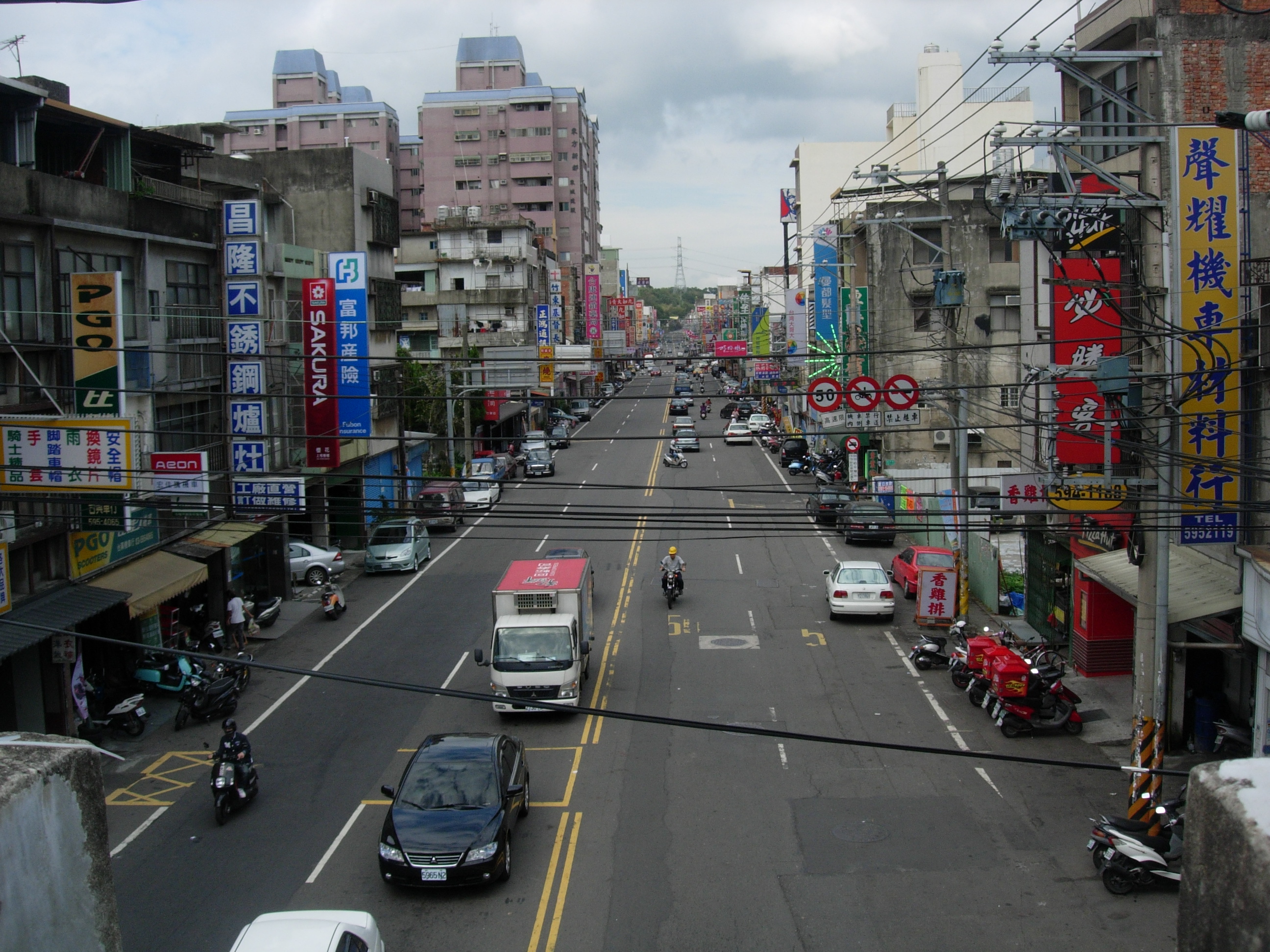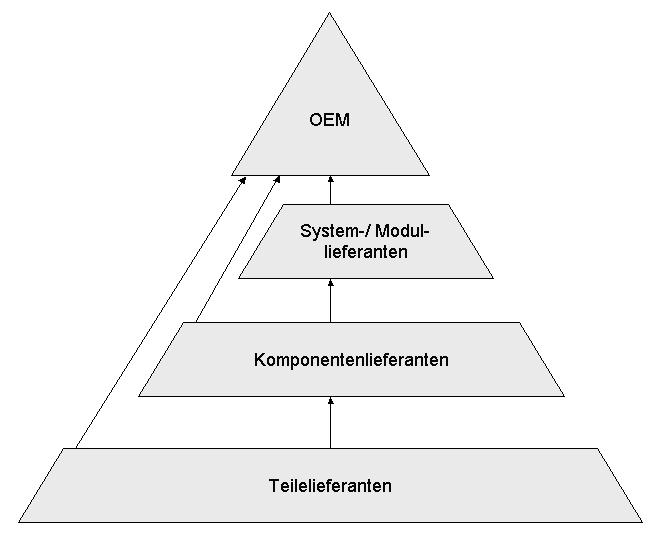|
Puyan, Changhua
Puyan Township () is a Township (Taiwan), rural township in Changhua County, Taiwan. History Puyan used to be a barren plain inhabited by the Babuza people dwellers who arrived from Quanzhou, Fujian around 300 years ago. Geography The township has an area of 38.61 km2 consisting of 22 villages, 262 neighborhoods and 8,452 households with a total population of 31,380 people. Around 87.8% of its total area is arable land. The township is located in central Changhua County. Administrative divisions The township comprises 22 villages: Buzi, Chushui, Dalian, Dayou, Fengze, Haoxiu, Jiaoshu, Kunlun, Nangang, Nanxin, Punan, Puyan, Sanxing, Shibei, Taiping, Tiancheng, Wayao, Xihu, Xinxing, Xinshui, Yongle and Yongping. Economy Vegetable and glutinous rice planting are the main plantation in the township. Its milled long-grain glutinous rice accounts for 27% of the total production in Taiwan. Other produces are broccoli, leeks, spring onions, peas, cucumbers, bitter gourds, squashes and ... [...More Info...] [...Related Items...] OR: [Wikipedia] [Google] [Baidu] |
Township (Taiwan)
Townships are the third-level administrative subdivisions of counties of the Republic of China (Taiwan), along with county-administered cities. After World War II, the townships were established from the following conversions on the Japanese administrative divisions: Although local laws do not enforce strict standards for classifying them, generally urban townships have a larger population and more business and industry than rural townships, but not to the extent of county-administered cities. Under townships, there is still the village as the fourth or basic level of administration. As of 2022, there are totally 184 townships, including 38 urban townships, 122 rural townships and 24 mountain indigenous townships. 174 townships with 35 urban and 118 rural townships are located in Taiwan Province and 10 townships with 3 urban and 4 rural townships are located in Fujian Province. Penghu and Lienchiang are the only two counties that do not have urban townships. Statistics of ... [...More Info...] [...Related Items...] OR: [Wikipedia] [Google] [Baidu] |
Changhua County
Changhua County (Mandarin Pinyin: ''Zhānghuà Xiàn''; Wade-Giles: ''Chang¹-hua⁴ Hsien⁴''; Hokkien POJ: ''Chiang-hòa-koān'' or ''Chiong-hòa-koān'') is the smallest county on the main island of Taiwan by area, and the fourth smallest in the country. With a total population of 1.3 million, Changhua County is the most populous county in the Republic of China. Its capital is Changhua City and it is part of the Taichung–Changhua metropolitan area. History Early history There are 32 prehistoric burial sites in Changhua that date back 5000 years. The original name of the area was ''Poasoa'' (), so-named by the local indigenous tribes. Poasoa used to be inhabited primarily by the Babuza people, who have since been mostly assimilated by the Han people. Qing dynasty Qing rule in Taiwan began in 1683, and in 1684, Taiwan Prefecture was established to administer Taiwan under Fujian Province. The prefecture consisted of three counties: , and Zhuluo. Poasoa and modern-day Cha ... [...More Info...] [...Related Items...] OR: [Wikipedia] [Google] [Baidu] |
Taiwan
Taiwan, officially the Republic of China (ROC), is a country in East Asia, at the junction of the East and South China Seas in the northwestern Pacific Ocean, with the People's Republic of China (PRC) to the northwest, Japan to the northeast, and the Philippines to the south. The territories controlled by the ROC consist of 168 islands, with a combined area of . The main island of Taiwan, also known as ''Formosa'', has an area of , with mountain ranges dominating the eastern two-thirds and plains in the western third, where its highly urbanised population is concentrated. The capital, Taipei, forms along with New Taipei City and Keelung the largest metropolitan area of Taiwan. Other major cities include Taoyuan, Taichung, Tainan, and Kaohsiung. With around 23.9 million inhabitants, Taiwan is among the most densely populated countries in the world. Taiwan has been settled for at least 25,000 years. Ancestors of Taiwanese indigenous peoples settled the isla ... [...More Info...] [...Related Items...] OR: [Wikipedia] [Google] [Baidu] |
Babuza People
The Babuza (, formerly incorrectly called 貓霧捒族; pinyin: ''Māowùshùzú'') are a Taiwanese aboriginal people, living primarily in Changhua County and around the western part of Taiwan's Central Basin. See also * Babuza language * Kingdom of Middag * Taiwanese indigenous peoples Taiwanese indigenous peoples (formerly Taiwanese aborigines), also known as Formosan people, Austronesian Taiwanese, Yuanzhumin or Gaoshan people, are the indigenous peoples of Taiwan, with the nationally recognized subgroups numbering about 5 ... Taiwanese indigenous peoples {{Taiwan-ethno-group-stub ... [...More Info...] [...Related Items...] OR: [Wikipedia] [Google] [Baidu] |
Quanzhou
Quanzhou, postal map romanization, alternatively known as Chinchew, is a prefecture-level city, prefecture-level port city on the north bank of the Jin River, beside the Taiwan Strait in southern Fujian, China. It is Fujian's largest metropolitan region, with an area of and a population of 8,782,285 as of the 2020 census. Its City proper, built-up area is home to 6,669,711 inhabitants, encompassing the Licheng District, Quanzhou, Licheng, Fengze District, Fengze, and Luojiang District, Quanzhou, Luojiang district (PRC), urban districts; Jinjiang, Fujian, Jinjiang, Nan'an, Fujian, Nan'an, and Shishi, Fujian, Shishi city (PRC), cities; Hui'an county (PRC), County; and the Quanzhou District for Taiwanese Investment. Quanzhou was China's 12th-largest extended metropolitan area in 2010. Quanzhou was China's major port for foreign traders, who knew it as Zaiton, during the 11th through 14th centuries. It was visited by both Marco Polo and Ibn Battuta; both travelers praised it as ... [...More Info...] [...Related Items...] OR: [Wikipedia] [Google] [Baidu] |
Fujian
Fujian (; alternately romanized as Fukien or Hokkien) is a province on the southeastern coast of China. Fujian is bordered by Zhejiang to the north, Jiangxi to the west, Guangdong to the south, and the Taiwan Strait to the east. Its capital is Fuzhou, while its largest city by population is Quanzhou, both located near the coast of the Taiwan Strait in the east of the province. While its population is predominantly of Chinese ethnicity, it is one of the most culturally and linguistically diverse provinces in China. The dialects of the language group Min Chinese were most commonly spoken within the province, including the Fuzhou dialect of northeastern Fujian and various Hokkien dialects of southeastern Fujian. Hakka Chinese is also spoken, by the Hakka people in Fujian. Min dialects, Hakka and Mandarin Chinese are mutually unintelligible. Due to emigration, a sizable amount of the ethnic Chinese populations of Taiwan, Singapore, Malaysia, Indonesia, and the Philippines ... [...More Info...] [...Related Items...] OR: [Wikipedia] [Google] [Baidu] |
Original Equipment Manufacturer
An original equipment manufacturer (OEM) is generally perceived as a company that produces non-aftermarket parts and equipment that may be marketed by another manufacturer. It is a common industry term recognized and used by many professional organizations such as SAE International, ISO, and others. However, the term is also used in several other ways, which causes ambiguity. It sometimes means the maker of a system that includes other companies' subsystems, an end-product producer, an automotive part that is manufactured by the same company that produced the original part used in the automobile's assembly, or a value-added reseller.Ken Olsen: PDP-1 and PDP-8 (page 3) , economicadventure.com Automotive parts When referring to auto parts, OEM refers to the manufactur ...[...More Info...] [...Related Items...] OR: [Wikipedia] [Google] [Baidu] |
Chang Sheng Echeveria Peacockii Farm
Chang may refer to: People Surname * Chang (surname), the romanization of several separate Chinese surnames * Chang or Jang (Korean name), romanizations of the Korean surname Given name * Chang Bunker () (1811–1874), one of the original Siamese twins * Liu Chang (other) * Chang, the younger brother in the children's book '' Tikki Tikki Tembo'' * Chang (Star Trek), a Klingon general from the film ''Star Trek VI: The Undiscovered Country'' * Chang Koehan, a Korean character from ''The King of Fighters'' * Benjamin Chang, a Chinese character from '' Community'' Pseudonym * Chang (director) (born Yoon Hong-seung, 1975), a South Korean film director Ethnography * Chang Naga, a tribe of Tuensang in Nagaland, India * Chang language, spoken by the Chang Naga Places * Chang, Bhiwani, a village in the Indian state of Haryana * Chang, Iran, a village in Hormozgan Province of Iran Other uses * Chang, chaang, or chhaang, a traditional alcoholic barley drin ... [...More Info...] [...Related Items...] OR: [Wikipedia] [Google] [Baidu] |
Lushan Taoist Temple
Mountain Lu or Lushan (, Gan: Lu-san), officially named Mountain Lu National Park, is a mountain in China. It was also known as Kuanglu () in ancient times. It is situated in Jiujiang, Jiangxi Province, and is one of the most renowned mountains in the country. Mount Lu is located primarily in Lushan county-level city in Jiujiang Prefecture, although the northern portions are found in Lianxi District which was formerly known as Lushan District and until 2016 covered the majority of the Mount Lu. The oval-shaped mountains are about long and wide, and neighbors Jiujiang city and the Yangtze River to the north, Nanchang city to the south, and Poyang Lake to the east. Its highest point is Dahanyang Peak (), reaching above sea level, and is one of the hundreds of steep peaks that towers above a sea of clouds that encompass the mountains for almost 200 days out of the year. Mount Lu is known for its grandeur, steepness, and beauty and a prominent tourist attraction, especia ... [...More Info...] [...Related Items...] OR: [Wikipedia] [Google] [Baidu] |
Puyan Shunze Temple
Puyan Shunze Temple (), is a temple in Puyan Township, Changhua County, Taiwan. It mainly serves Xuanwu () as their traditional religious center in the Puyan village of Puyan Township. Gallery File:埔鹽順澤宮 (1)外觀.jpg, View of the temple File:埔鹽順澤宮 (7)台階.jpg, The entrance File:埔鹽順澤宮 (22)神明廳.jpg, The hall File:埔鹽順澤宮 (26)玄天上帝像.jpg, Statue of Xuanwu File:埔鹽順澤宮 (9)宮廟帽.jpg, Cap with temple logo. Norwegian triathlete Gustav Iden wore this cap and won the 2019 Ironman 70.3 World Championship in Nice, France Nice ( , ; Niçard dialect, Niçard: , classical norm, or , nonstandard, ; it, Nizza ; lij, Nissa; grc, Νίκαια; la, Nicaea) is the prefecture of the Alpes-Maritimes departments of France, department in France. The Nice urban unit, agg .... References External links * Taoist temples in Taiwan Temples in Changhua County {{Taiwan-religious-struct-stub ... [...More Info...] [...Related Items...] OR: [Wikipedia] [Google] [Baidu] |
Tian Jhuang Echeveria Peacockii Farm
''Tiān'' () is one of the oldest Chinese terms for heaven and a key concept in Chinese mythology, philosophy, and religion. During the Shang dynasty (17th―11th century BCE), the Chinese referred to their supreme god as '' Shàngdì'' (, "Lord on High") or ''Dì'' (,"Lord"). During the following Zhou dynasty, ''Tiān'' became synonymous with this figure. Before the 20th century Heaven worship was an orthodox state religion of China. In Taoism and Confucianism, ''Tiān'' (the celestial aspect of the cosmos, often translated as "Heaven") is mentioned in relationship to its complementary aspect of ''Dì'' (, often translated as " Earth"). They are thought to maintain the two poles of the Three Realms () of reality, with the middle realm occupied by Humanity (, ''Rén''), and the lower world occupied by demons (specifically sorcery); (, ''Guǐ'') and "ghosts," the damned, specifically (, ''Mó''). Characters The modern Chinese character and early seal script both com ... [...More Info...] [...Related Items...] OR: [Wikipedia] [Google] [Baidu] |




